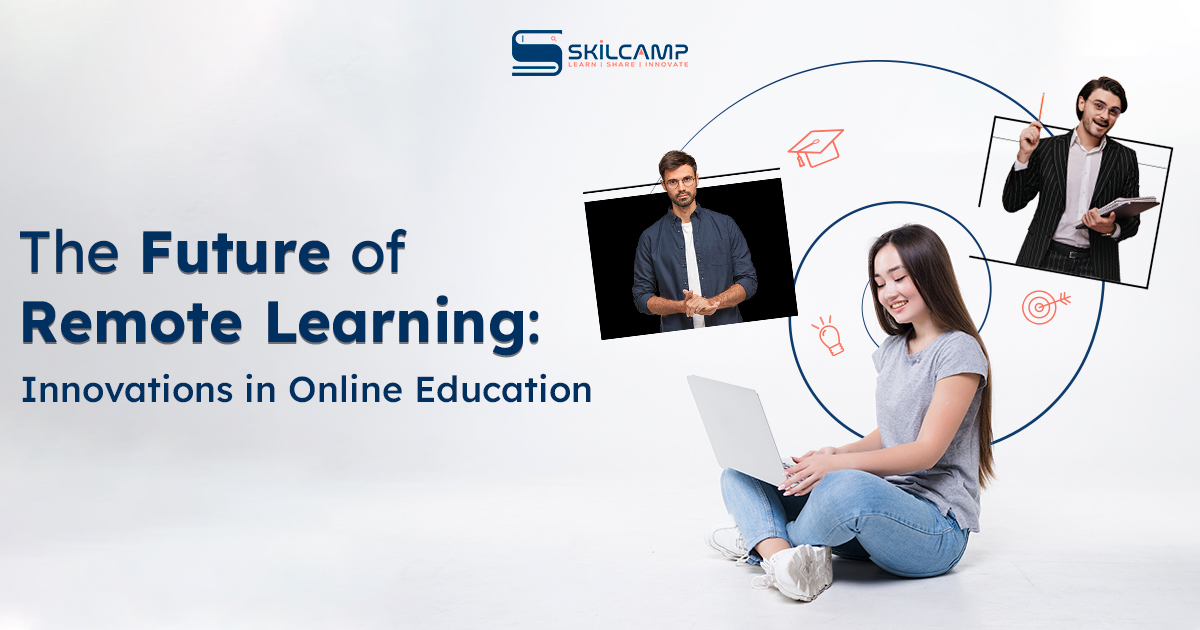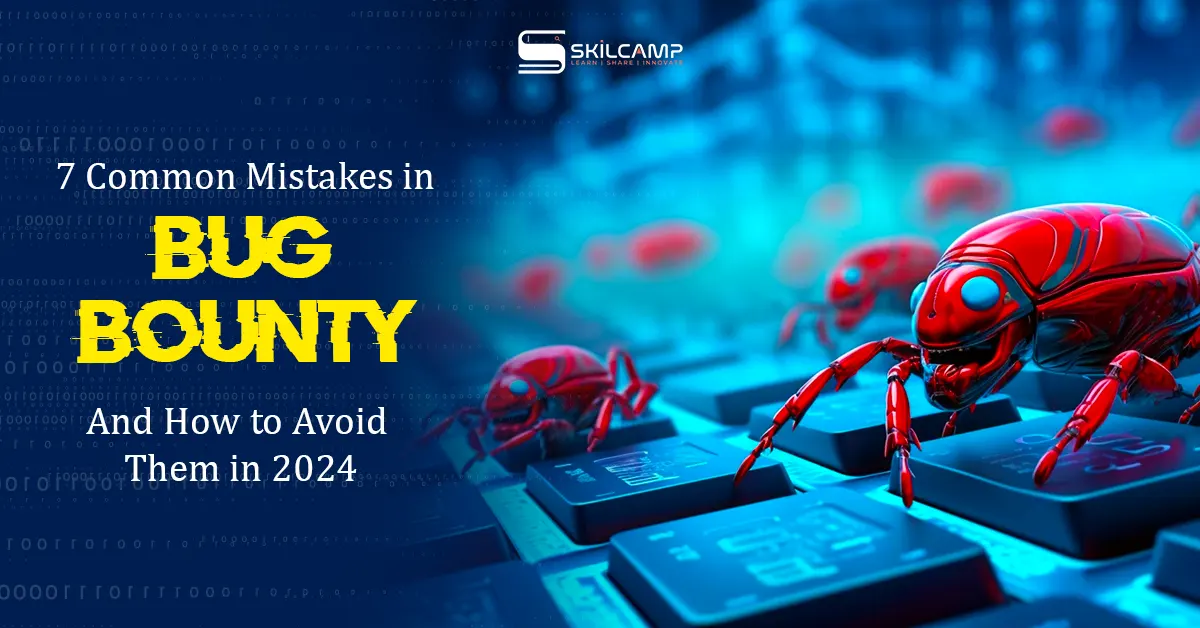Table of Contents
Future of Remote Learning
The advent of distance learning has been a distinguishing characteristic of the modern era, dramatically altering the educational environment. A more modern and interactive Remote learning environment has replaced the static one associated with rows of desks and face-to-face lectures. The tremendous problems brought about by events like the COVID-19 pandemic, together with technology improvements and worldwide connectedness, have sped up this transformation.
Thanks to its adaptability, accessibility, and innovative prospects, distance learning has evolved from a supplemental option to an essential component of digital education. It is crucial to investigate the developments and tendencies that are influencing the future of online education as we traverse its changing landscape. A more accessible, individual, and engaging learning environment is possible in the not-too-distant future of distance education thanks to innovative technology and adaptable pedagogical approaches. Learn how online education is changing and how E-learning innovations are being shared and used in the digital era by delving into the technologies that are driving this transformation.
| VR learning |
| Gamification |
| M- learning |
| Personalized Learning |
| AI in learning |
Why Remote Learning Will Take Over And You Must Adapt To It?
- Wider Selection of Program to choose
Many more students are restricted to the programs available on campus at more conventional, brick-and-mortar schools. Access to a broad variety of programs and courses offered by universities all around the globe is made possible via remote learning, which eliminates these obstacles. The sheer variety of educational options available in the digital environment is unprecedented, whether your interests lie in specialist certificates, esoteric courses, or emerging industries.
- Flexible learning
Distance education removes geographical and temporal barriers to education. Individuals may create their own study plans that work around their other obligations, such as job or family. Many online courses are designed to be asynchronous, so students may access course materials and engage in discussions whenever it is convenient for them through Cloud-based education. This adaptability allows students more agency in their own educational paths and caters to a variety of learning styles.
- More accessible
Education is now within reach of those who may be physically unable to attend classes due to distance or other mobility issues, thanks to the rise of remote learning. By welcoming people from many walks of life, we can increase the variety of thought and experience within the learning community. Another benefit is that it allows people to continue their education without having to uproot their life, which saves money.
- Budget friendly
Skilcamp and similar online services demonstrate how affordable remote learning can be. These platforms level the playing field by making high-quality education affordable for more people. The courses offered by Skilcamp are not only affordable, but also well crafted; in fact, they are often priced cheaper than movie tickets. Because of this reason, a wider range of people may afford to acquire new skills and continue their education.
- Ability to learn anything and everything
With remote learning, the constraints of conventional academic systems and actual classrooms are rendered obsolete. Students get the opportu nity to delve into a wide range of student engagement in remote learning, including digital marketing, philosophy, art, and coding, often under the tutelage of professionals in the field. Without the limitations of traditional educational routes, people are free to follow their interests, change occupations, or just engage in lifelong learning thanks to the democratization of information.
5 Futuristic Innovations in Online Learning
- VR learning
The use of VR technology into online education is revolutionizing the way students study by making it more engaging and dynamic. Virtual reality (VR) technology enables students to take part in interactive activities, explore virtual worlds, and engage with lifelike simulations. Because of the importance of hands-on experience in professions like engineering, medicine, and the sciences, this method shines. Virtual reality (VR) in learning offers a spatial and multi-sensory learning environment that improves engagement, retention, and understanding.
- Gamification
Gamification in education is a technique that incorporates game aspects into learning in order to make it more engaging, motivating, and memorable. Teachers may make learning more engaging and fun by using components like points, prizes, and challenges. This method promotes a feeling of accomplishment while simultaneously appealing to students’ natural curiosity and competition. Collaborative problem-solving, a healthy learning environment, and gamification are all positively impacted.
- M- learning
- M- learning
The widespread availability of mobile devices such as smartphones and tablets has opened the door for mobile learning, also known as M-Learning, within the context of the Future of Remote Learning. This gives students the freedom to access educational materials whenever and wherever they choose within the scope of the Future of Remote Learning. Using the mobility and ease of mobile devices, m-learning allows students to access course materials, take part in conversations, and do assignments regardless of where they happen to be, adapting to the demands of contemporary, fast-paced lives and giving students easy access to instructional materials within the scope of the Future of Remote Learning.
- Personalized Learning
The term “personalized learning” refers to an approach to education that takes into account each student’s unique background, interests, and learning style. Adaptive learning platforms and assessments, personalized learning pathways, and self-paced courses are all part of this. Online platforms can interpret user actions, monitor development, and provide personalized suggestions with the use of data analytics and AI. In addition to catering to a variety of learning styles, personalized learning allows students to zero in on specific areas where they’re struggling the most, leading to a more fruitful and productive educational experience overall.
- AI in learning
With its smart, data-driven insights, artificial intelligence (AI) is transforming online education. In order to provide real-time feedback, suggestions for individualized learning materials, and the ability to analyze massive volumes of data, AI algorithms can discern future trends in people’s learning styles. An improved learning experience may be achieved with the use of chatbots powered by AI, which can provide learners quick support and guidance. A more responsive and dynamic learning environment may be achieved with the use of AI, which also makes it easier to create intelligent tutoring systems that can adjust to the unique needs and learning styles of each student.
How ChatGPT Will Reshape Education?
By bringing new possibilities for interactive and individualized Learning management systems, ChatGPT and comparable language Hybrid learning models have the potential to revolutionize education. These models may serve as smart virtual assistants, instructors, and mentors for students thanks to their proficiency in complex natural language processing and comprehension.
Future of Remote Learning: The capacity to provide timely and contextually appropriate information is a critical component of ChatGPT’s influence on education within the context of the Future of Remote Learning. Talking to ChatGPT in real time allows students to ask questions, get answers, and receive help with a broad variety of topics, fostering curiosity in this more dynamic learning environment enabled by the quick accessibility to knowledge.
On top of that, ChatGPT may be an essential part of individualized education plans within the scope of the Future of Remote Learning. Adapting instructional content, recommending supplemental resources, and adjusting tempo are all possible because it understands individual learning styles, preferences, and knowledge gaps within the context of the Future of Remote Learning. This flexibility guarantees that each student receives an individualized education that meets their specific requirements and helps them understand more.
Additionally, new opportunities for experiential and collaborative learning arise as a result of ChatGPT’s interactive character within the context of the Future of Remote Learning. Students get the opportunity to practice their communication and critical thinking abilities through interactive activities such as virtual interviews, scenario-based dialogues, and simulated interactions. This degree of interaction promotes a more interesting and immersive learning experience that surpasses conventional methods of instruction within the scope of the Future of Remote Learning.
Furthermore, ChatGPT may facilitate language acquisition by offering a medium for the exercise and improvement of language proficiency. Learners may take advantage of Augmented reality (AR) in education partners that adjusts to their current level of competence and learning goals, whether it’s for conversational practice, immersion situations, or even creative writing activities.
With its scalable and rapid assistance, ChatGPT may enhance conventional teaching techniques, but it cannot replace human instructors. By delegating mundane, repetitive activities to ChatGPT, teachers may infuse their lessons with greater energy and engagement, encouraging students to use their critical thinking and problem-solving abilities.
Also Read: 5 Reasons Why Microsoft Office Skills Are Important For Your Job
Take Away
There will be revolutionary changes to the educational environment brought forth by the incorporation of ChatGPT and comparable language models. To sum up, the use of ChatGPT in the classroom heralds a new age of easily accessible, dynamic, and tailored education. With the rapid advancement of technology, the cooperation between AI and educators might completely transform the way students interact with instructional materials, leading to a learning environment that is more flexible and welcoming to everyone.
FAQs
In what ways has online education changed over the last several years?
Over time, distance education has progressed from a supplementary collaborative online tools to a vital part of the educational process. Global events like as the COVID-19 pandemic have hastened this development, which has been driven by technological breakthroughs, adaptability, and accessibility.
For the next years, what are the most important developments in online learning?
Personalized learning, mobile learning, virtual reality (VR), and artificial intelligence (AI) are some of the next developments in online education within the context of the Future of Remote Learning. These advancements are made with the intention of making education more engaging, accessible, and beneficial for students all across the globe within the scope of the Future of Remote Learning.
In what ways may AI change the face of online learning?
Using AI in education allows for data-driven insights, individualized learning plans, and immediate feedback. Artificial intelligence algorithms can study how people learn best, which opens the door to smart tutoring systems and chatbots that can provide immediate assistance, leading to a more interactive and adaptable Virtual classroom setting.




Leave a Reply